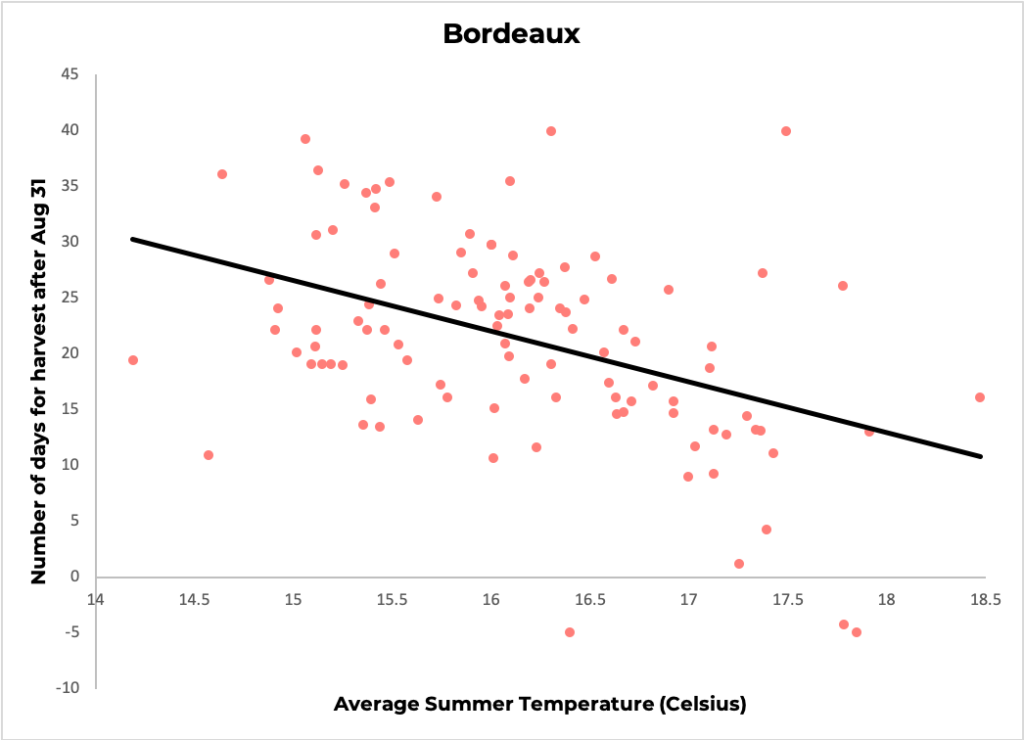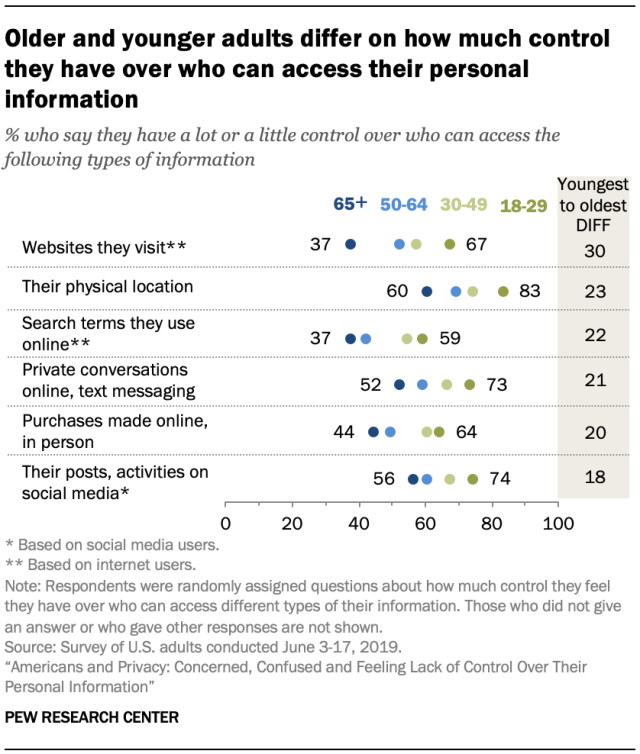The idea of this sculpture is to map the effect of climate change of wine production. The medium is a video in a wine store or a restaurant and the audience is people who visit this establishment. The goal of this video is to make people, who love wine aware of the fact that they might not have their favorite wine a few years down the line and encourage them to donate to causes which are fighting climate change.
As the average temperature has increased in the past half century viticulturists today are forced to harvest the grape crop much earlier than the ones from two generations ago did. It’s all good and well today because the grape crop is still being produced but there’s a scare that with increasing summer temperatures, in the distant future, regions around the world which are known for their wine won’t be able to produce any grape crop. One such region is Bordeaux!
Viticulturists from Europe have maintained logs of harvest dates for the past 650 years [1]. A simple scatter plot shows that as the average summer temperature increases the harvest date gets nearer to August 31 (number of days for harvest after August 31 is used as a standard measure in this industry).

I used wine itself to represent this trend. The amount of wine in the glass is indicative of the harvest date. More the wine later the harvest date (which is better) and lesser the wine earlier the harvest date (which is bad).
The sketch below shows this trend for 4 different cases (values are averaged over 10 years to smoothen the values).

After showcasing this trend, the audience sees another glass which is empty. This represents the future, where the average summer temperatures have made it impossible to produce wine in Bordeaux (the data here is just a guess and lacks scientific backing). The audience will be asked to take an action (donate to a cause which fights climate change).
References:
[1] Daux, V., I. Garcia de Cortazar-Atauri, P. Yiou, I. Chuine, E. Garnier, E. Le Roy Ladurie, O. Mestre, and J. Tardaguila. 2011. An open-database of Grape Harvest dates for climate research: data description and quality assessment. Climate of the Past, Vol. 8, pp. 1403-1418, 2012 www.clim-past.net/8/1403/2012/ doi:10.5194/cp-8-1403-2012

